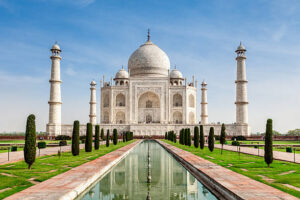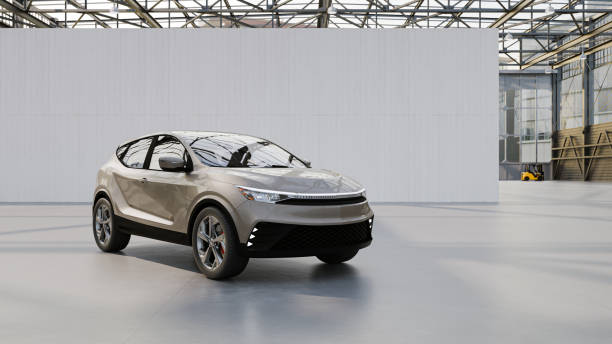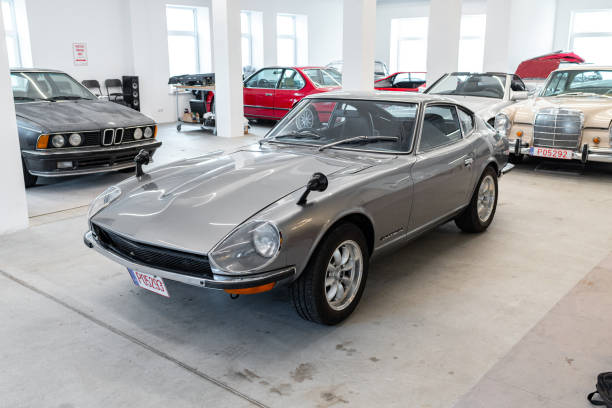Car culture is a fascinating reflection of society’s values and technological advancements. It intertwines passion for automobiles with lifestyle, music, fashion, and social trends. Over decades, this culture has transformed dramatically.
Understanding its evolution gives insight into broader societal changes and innovation in transportation.
From early automobile enthusiasts to modern car communities, the love for cars persists. It reflects identity, freedom, and creativity across generations.
The Birth of Car Culture: Early 1900s
The early 1900s marked the dawn of car culture as automobiles became accessible. Cars symbolized innovation and progress,
attracting wealthy enthusiasts. Early rallies and races fueled excitement and competition. Society began shifting from horse-drawn carriages to motorized vehicles.
The Model T Ford democratized car ownership, spreading enthusiasm beyond elites. This period planted the seeds for future car clubs and communities. Automobiles became a status symbol and a technological marvel.
The Roaring Twenties: Cars as Status Symbols
The 1920s saw cars becoming a symbol of freedom and wealth. Luxury brands like Cadillac and Packard gained popularity among the affluent. Roads improved, encouraging travel and exploration.
Car ownership expanded with economic prosperity. The automobile influenced lifestyle, enabling weekend trips and social outings. Advertising glamorized driving, embedding it in popular culture.
This era began associating cars with identity and social class. The cultural fascination with cars grew steadily.
The Great Depression and Its Impact
During the 1930s, the Great Depression slowed the growth of car culture. Economic hardships limited car purchases and leisure driving. However, car manufacturing innovations continued to evolve. Affordable models kept production alive. Road trips became less frequent but remained a cherished dream. Automobiles became a symbol of hope and recovery. Community garages and repair shops gained importance. Despite challenges, car enthusiasm endured quietly beneath economic strain.
Post-War Boom: The 1950s Car Craze
The 1950s exploded with car culture as economies recovered. The American dream included owning a shiny new car. Muscle cars, chrome details, and tail fins symbolized style and power.
Drive-in theaters and diners enhanced social car culture. Suburban growth relied heavily on automobiles.
Car clubs flourished, and cruising became a popular pastime. Movies and music celebrated cars as symbols of youth and rebellion. This decade defined the iconic car culture image.
The 1960s and Counterculture Influence
The 1960s brought counterculture movements influencing car culture. Muscle cars embodied freedom and rebellion.
Customization and personalization became popular trends. Import cars gained interest, introducing new styles and technologies.
Car rallies and drag racing grew in popularity. Environmental awareness began to emerge,
foreshadowing future shifts. Music and movies highlighted car culture themes. The era’s passion for cars blended with social change and youthful defiance.
The Oil Crisis and Changing Attitudes in the 1970s
The 1970s oil crisis reshaped car culture globally. Fuel-efficient and compact cars rose in demand. Muscle car popularity declined due to rising fuel prices and regulations.
Japanese manufacturers gained a foothold with reliable, economical cars. Environmental concerns started influencing car design and consumer choices. Car enthusiasts adapted to changing circumstances.
Safety features and emissions standards improved. The decade marked a shift from pure performance to practicality and responsibility.
The 1980s: Technology and Innovation
The 1980s introduced significant technological advancements in car culture. Electronic fuel injection,
turbochargers, and anti-lock brakes improved performance and safety. The era embraced flashy designs and luxury features. Import tuner culture grew, especially with Japanese sports cars.
Car magazines and media popularized modifications and customization. Video games and movies like “Back to the Future” reinforced automotive fascination.
Cars became symbols of status and technological progress. This decade modernized car culture significantly.
The 1990s: Globalization and Diversification
Globalization expanded car culture during the 1990s. Diverse automotive styles and brands became accessible worldwide. SUVs and trucks surged in popularity, reflecting lifestyle shifts.
The tuner scene continued to grow, blending performance with style. Environmental regulations tightened, encouraging cleaner engines. Internet communities started connecting car enthusiasts globally.
Car shows and motorsports gained international appeal. This era diversified tastes and broadened car culture’s reach. Cars remained central to identity and community.
The 2000s: Digital Influence and Eco Awareness
The 2000s witnessed digital technology influencing car culture heavily. Online forums, social media, and videos connected global enthusiasts instantly. Hybrid and electric cars gained attention due to climate concerns.
Customization blended traditional style with eco-conscious choices. Motorsports incorporated greener technologies and awareness campaigns.
Streaming platforms popularized car reviews and modifications. Automotive brands embraced digital marketing and innovation. Car culture became more inclusive, tech-savvy, and environmentally aware.
The 2010s: Social Media and Car Communities
Social media shaped car culture profoundly in the 2010s. Platforms like Instagram and YouTube allowed enthusiasts to showcase builds and events.
Influencers emerged, driving trends in customization and car care. Electric vehicles, especially Tesla, challenged traditional markets.
Car meets and track days grew through digital organization. Vintage restorations and classic car appreciation thrived online.
Car culture expanded beyond local groups to worldwide communities. Technology and connectivity changed how passion for cars is shared.
The Future of Car Culture: Trends and Predictions
Looking ahead, car culture will likely embrace sustainability and automation. Electric vehicles and autonomous driving will redefine driving experiences. Virtual reality and augmented reality may transform car shows and customization.
Car culture might merge with digital gaming and metaverse communities. Enthusiasts will balance nostalgia with futuristic innovations.
Sharing economy models and urbanization will influence car ownership. Despite changes, passion for cars as a symbol of freedom and identity will endure. The culture will continue evolving alongside technology and society.












